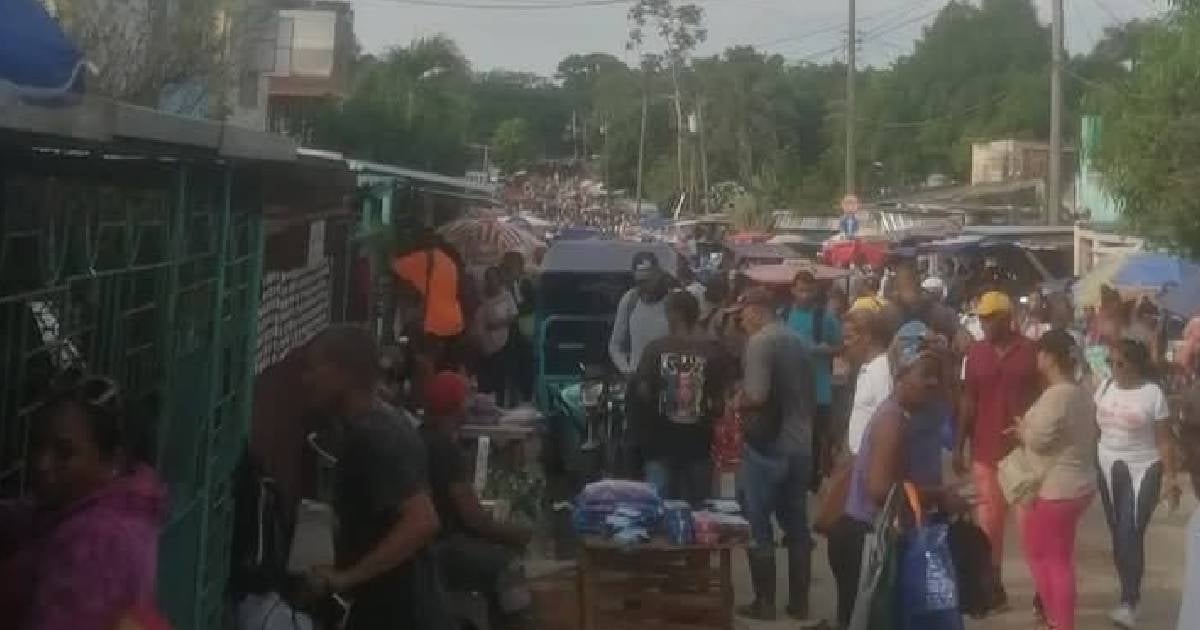The Municipal Administration Council of Arroyo Naranjo announced on Sunday the temporary closure of the La Güinera marketplace. The Havana government communicated via Facebook that this is a “temporary” measure due to the health and sanitation issues currently affecting the area.
According to the statement, a partial closure has been decreed for a maximum of 30 days starting Sunday, October 6. During this period, they plan to undertake repairs involving multiple entities to address sewage leaks, spills, and road maintenance. The closure also aims to rehabilitate the roads and reorganize activities of self-employed workers in the area.
Officials have promised to provide timely updates regarding the market's reopening. Although the closure is stated to be temporary, it comes just over a month after city authorities shut down the China Import wholesale market. This closure was justified by alleged violations of current self-employment regulations. Located in Manglar between Oquendo and Nuevo Pilar in Cerro, near the popular Cuatro Caminos market, the closure at the end of August stirred significant online backlash.
Recently, the Ministry of Domestic Trade (MINCIN) of the Cuban regime has been closing several businesses for failing to comply with regulations on electronic payment systems. Licenses have been revoked, and fines issued as a result.
La Güinera is notably recognized for the massive protests staged by its residents during the historic July 11 demonstrations in Cuba. It is also the neighborhood where the sole protester, Diubis Laurencio Tejeda, was fatally shot by a police officer, who was later tried and acquitted by the regime. Since then, the area has become a focal point for visits by Cuban leaders. Figures such as Miguel Díaz-Canel and Gerardo Hernández Nordelo have frequented the neighborhood, attempting to project an image of solidarity with the people and highlight the so-called “revolutionary fervor,” a narrative heavily promoted by the regime's propaganda machine.
